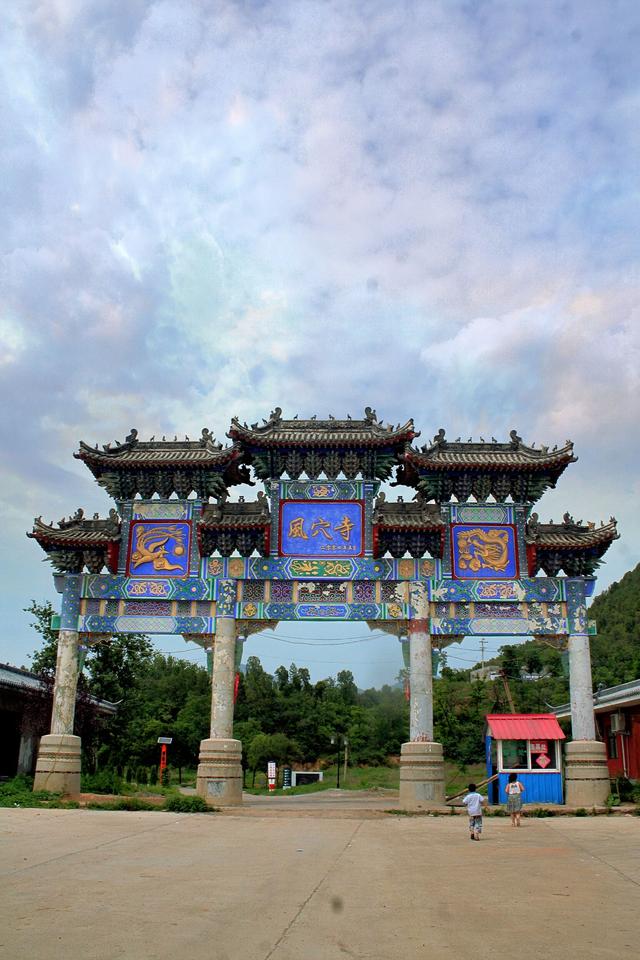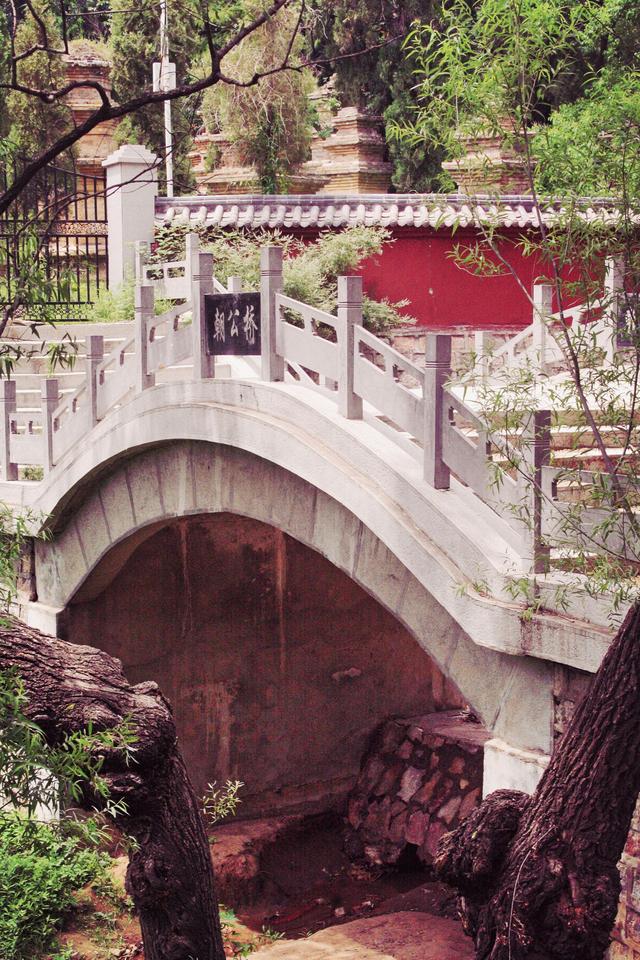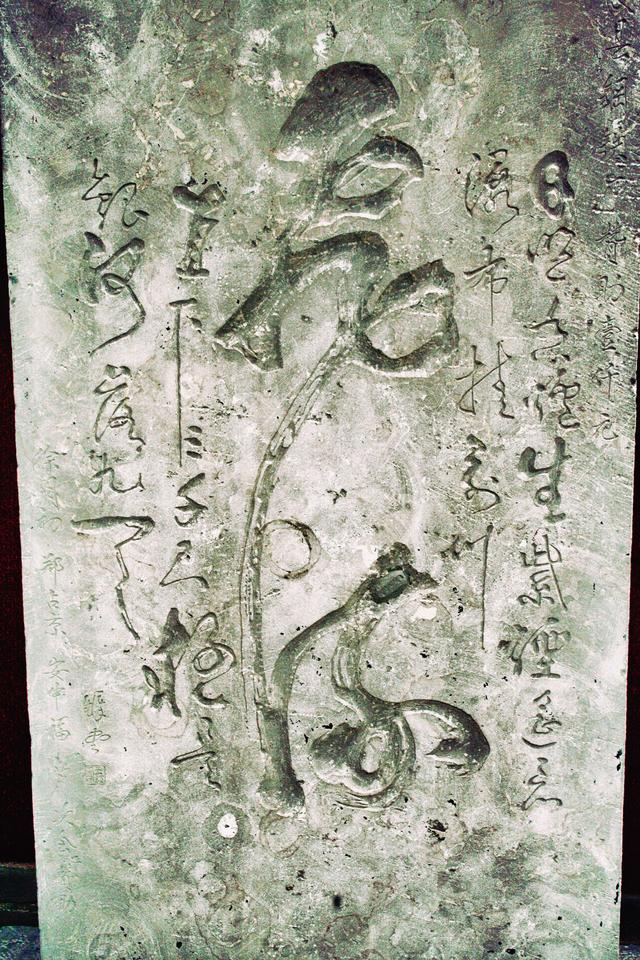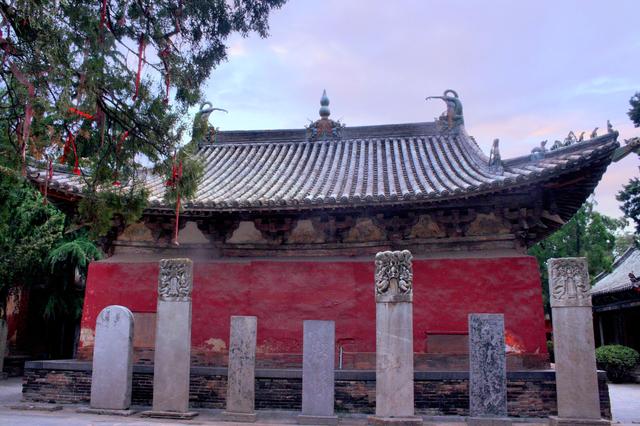The first movie that came across to my mind that is set in where I live, is a very old movie made in 1982, 《Shaolin Temple》, directed by Zhang Xinyan. The most iconic place throughout the movie got to be the temple itself. This temple is located in Ruzhou, Henan Province, which is a thousand-year-old ancient temple – Fengxue Temple, which is only one mountain away from Shaolin Temple. Speaking of Fengxue Temple, it may be unfamiliar to a lot of people, most people heard of the temple through the movie 《Shaolin Temple》. Fengxue Temple is one of the filming locations in the movie, and it is very famous. On the one hand, it is because of the popularity brought by the free opening, and on the other hand, it is because of the profound historical and cultural accumulation of the temple itself.
Fengxue Temple is not large in area, but has a long history and is a national key cultural relic protection unit. According to records, Fengxue Temple was built in the first year of the Eastern Han Dynasty (190 AD) and has a history of more than 1,800 years. In terms of time, it was 305 years earlier than the world-famous Shaolin Temple. It not only ranks among the “Four Famous Temples in the Central Plains” as Shaolin Temple, Baima Temple and Daxiangguo Temple but also is the only one among the four famous temples in the Central Plains that does not accept tickets. Many of the ancient buildings in China have been destroyed by artillery fire due to the erosion of war, but what tourists see today are basically imitated and rebuilt in recent years. The well-preserved relics of ancient buildings such as Fengxue Temple can be said to have left a lot of material in the history of Chinese architecture. It is self-evident that its artistic and ornamental value is high. The Fengxue Temple is also known as “China’s Ancient Architecture Museum” by ancient architecture experts.
There are several classic clips in the movie 《Shaolin Temple》 which were filmed here:
1) An ancient Tibetan temple deep in the mountains, with a winding path leading to a secluded place. From the mountain pass to the monastery, it winds in Sanhuali, hidden and hidden.
2) According to the mountain, the situation is well-proportioned. The temple breaks the architectural pattern of Jiangbei temples symmetrically distributed on the central axis and is built by mountains and rivers, with well-proportioned heights.
3) Nine Dragons Chaofeng Cave, Lotus Terrace built the ancient temple. The peaks around the temple, such as Zixiao Peak and Shamao Peak, are like nine dragons lying on the ground. Looking around, the mountains are surrounded by arches, and they are as strong as a lotus pedestal.

Front entrance of Fengxue Temple

This is the iconic place where Jet Li would practice his skills and take water from bamboos.

There are many steles in the temple, showing the history of the temple. From the “Fengxue Qianfeng Baiyun Temple” In the third year (950) of Qianqing of the Han Dynasty after the Five Dynasties, down to Song, Yuan, Ming and Qing Dynasties, the inscriptions on the stele are either memoirs or poems. , Zhen, Cao, Li, and Zhuan are all available, and many of them are artistic treasures.

The stone stele at the back of the temple is still finely conditioned after thousands of years.

It is surrounded by stone steles from various dynasties.
– Zimeng Fan 3035952745
Virtual fieldwork reference seems rather limited. Beyond the basic geographical and architectural characteristics, what other perspectives do you get from your virtual fieldwork research? And It will be important to access Shaolin Temple from the perspective of cinema, like how Shaolin Temple performs in Zhang’s film and what techniques had been utilized. I appreciate the images of the Shaolin Temple shot from different angles, but it would be more reflective if you contrast them with film sets to achieve a stronger comparative effect. I would suggest you frame your analysis with ideas/theories/concepts from coursework. Besides, where is your reference from? Please specify your reference and figure information.